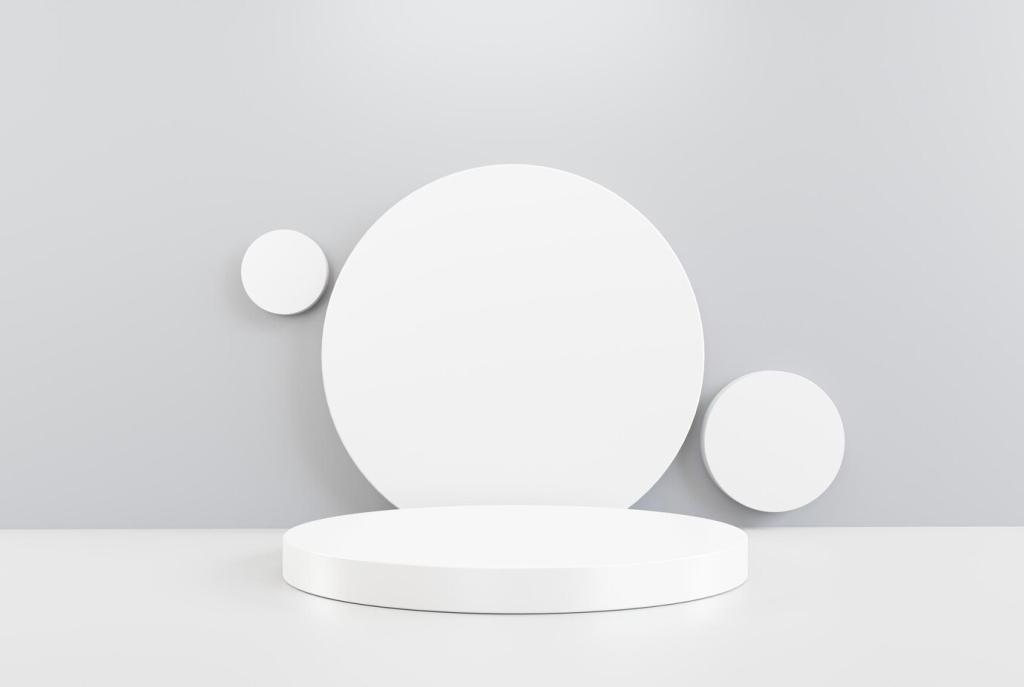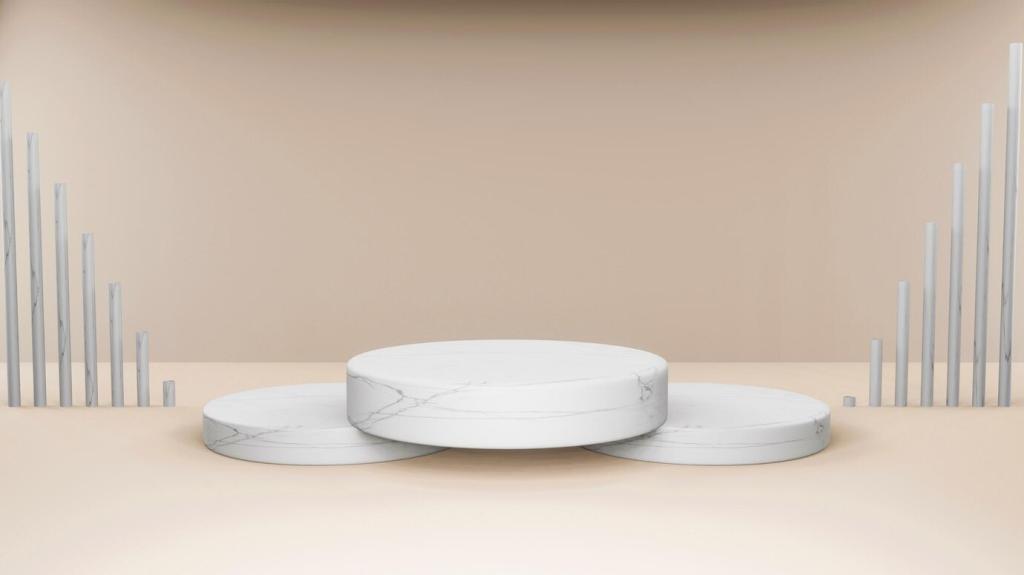Near-Future Trends: Ambient AI and Spatial Computing
Gesture, glance, and whisper inputs free us from screens. With ambient prompts, your room becomes the interface. Which task would feel magical if the room handled it for you without a visible device demanding attention?
Near-Future Trends: Ambient AI and Spatial Computing
Standards like Matter and Thread promise devices that cooperate quietly behind the scenes. Less vendor lock-in means fewer redundant hubs. Are you waiting for better compatibility before upgrading, or have you already merged ecosystems successfully?





